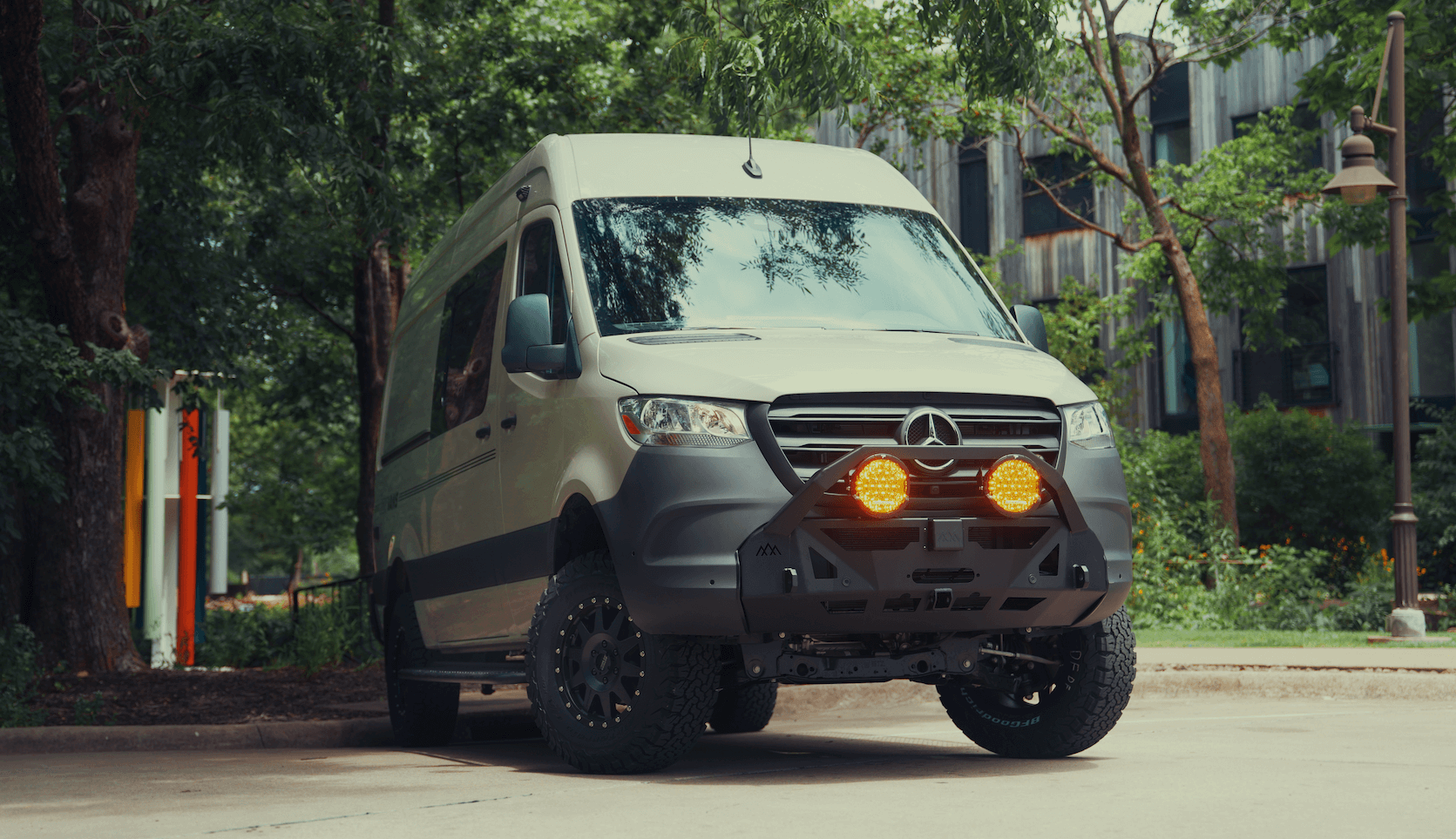Recreational Vans

Magnetic window covers are fabric wrapped panels that click into place using embedded magnets around their perimeter. When a cover meets a steel window frame or a thin steel ring bonded behind a trim panel, the magnetic grip creates a neat seal along the edge. That seal matters because it reduces radiant heat transfer, limits drafts, and blocks outside light. In a compact cabin, even a small reduction in heat exchange can be felt within minutes.
At night, these covers transform a bright interior into a dark sleep space. The best versions use a light blocking fabric layer so street lamps and sunrise stay outside. During summer, a reflective foil or radiant barrier faces outward to push solar gain away from the glass. In winter, the interior facing fabric remains warm to the touch because the insulating layer slows heat loss through the window, a common weak point in any vehicle shell.
Magnetic attachment stands out for speed and precision. Unlike suction cups that can pop off in cold or dusty conditions, magnets do not rely on a perfect surface. A gentle press snaps the cover into alignment, and removal is just a pull on a tab. For campers who move nightly, that ease adds up to less fiddling and more rest.
While a fabric panel cannot match a solid wall, multi layer covers meaningfully improve comfort. A typical build might include a face fabric, a radiant barrier, a layer of closed cell foam or lofted insulation, and a soft liner. The radiant layer reflects heat at the glass, the foam slows conduction, and the liner reduces drafts around the edge. This combination does not deliver a formal R value like home insulation, but it cuts both heat gain and heat loss and creates a stable interior climate. The light blocking layer supports circadian rhythm by keeping dawn from waking sleepers too early.
Materials define results. Face fabrics range from rugged nylon with a wipe clean coating to textured textiles that blend with an interior. Inside, closed cell foam resists moisture and maintains shape, while lofted synthetics add thickness with low weight. Some builders add a vapor barrier next to the glass to discourage condensation from reaching the insulation. Stitch patterns can quilt the assembly to keep layers from shifting, and perimeter binding protects edges from wear.
Magnets deserve attention. Rare earth magnets offer strong holding power in a slim profile. They are usually spaced along the perimeter to align with the window frame, and they can be doubled at corners where trim curves are tight. To protect paint and trim, magnets are enclosed in pockets and the outer edge often includes a soft gasket or fabric fold that meets the bodywork. If a window area lacks steel, a thin steel strip hidden behind trim can provide the needed anchor without changing the visible interior.
Fitment is the difference between a good cover and a great cover. Vehicle glass rarely forms a perfect rectangle, so a cover that follows the exact contour of each window minimizes light leaks and improves the thermal seal. Front cab windows need cutouts for mirrors and sensors, and side slider glass may require a split design for partial opening. For large rear doors, a two piece layout can be easier to install in wind and keeps magnets lined up along complex curves.
Choose fabrics that suit the way you travel. If you cook inside often, a smooth face that wipes clean will outlast a textured weave. In cold climates, a thicker core feels warmer and resists sagging. For magnets, look for consistent spacing and protected pockets. When in doubt, test hold strength by attaching a sample to painted steel and pulling from different angles. The goal is firm grip without denting trim or pinching seals.
Good covers go on and off in seconds, but a little routine makes them even easier. Label each panel, store them rolled to avoid creases, and keep a small towel in the pocket to wipe condensation before removal. During travel, secure covers away from airbags and do not block driver sightlines. At night, crack a roof vent or window to reduce interior humidity and keep frost from forming at the glass.
Cleaning is simple. Dust with a soft brush, spot clean with mild soap, and let panels dry fully before storage. Avoid harsh cleaners that can degrade water resistant coatings. If a magnet pocket loosens, restitch or patch before the magnet shifts.
Smart design choices amplify the benefits of magnetic window covers. Pair them with a vent fan for airflow control, use them with a heater or air conditioner to lower runtime, and combine them with insulated window blanks for extreme cold. Thoughtful integration turns a quick click panel into a powerful comfort tool on every trip.
As you plan your cabin comfort, consider professional fitment that pairs window covers with insulation, ventilation, and power. Explore Recreational vans, review the Custom build van path, or see finance friendly options under Mainstream vans. We can help you choose fabrics, magnet layouts, and window by window solutions that make long miles quieter, darker, and more efficient.
Tell us how you travel, where you camp, and which windows challenge your sleep. We will spec magnetic window covers and complementary systems that turn your van into a calm, climate controlled space. Submit your build goals and we will guide the next steps.
Ready to dial in privacy, light control, and comfort in your van? Talk with OZK Customs about tailored thermal and privacy solutions that fit your platform and travel style. Send your build goals and we will spec magnetic window covers, insulation, and supporting systems that make every mile quieter, cooler, and more restful.
ADDRESS:
6159 E Huntsville Rd, Fayetteville, AR 72701
PHONE:
(479) 326-9200
EMAIL:
info@ozkvans.com